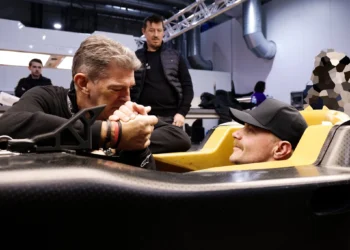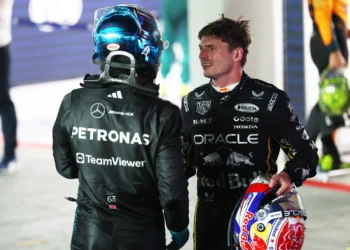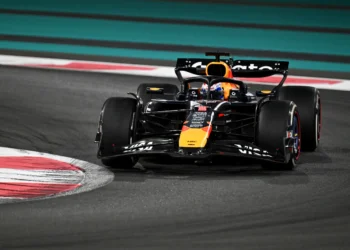Penske Entertainment is moving full throttle into the future with its next-generation IndyCar chassis, slated for a 2027 debut. While the series remains tight-lipped about the design and specifics, a key milestone has been reached with wind tunnel testing now underway—marking a pivotal step in the project’s development.
A Glimpse Into the Future, Without the Visuals
Despite repeated requests, Penske Entertainment has opted not to release images of the wind tunnel model or renderings of the 2027 car. This approach mirrors the series’ traditional secrecy during pivotal development stages, keeping fans and teams alike eagerly awaiting the big reveal.
The 2027 car promises to usher in a new era for IndyCar, as it will replace the aging Dallara DW12 chassis, which has been in use since 2012. Over the years, the DW12 has received significant updates, including the addition of the Aeroscreen in 2020, but the basic framework is now due for a major overhaul.
Drawing Parallels to the DW12 Timeline
Penske Entertainment’s current pace of development is reminiscent of the timeline used for the DW12. By December 2010, the tub design—the core safety shell of the chassis—had been finalized, and aerodynamic components were locked in place two months later. Similarly, the 2027 chassis benefits from a multi-year runway, with all of 2025 and 2026 available for further refinements.
This extended timeline allows Penske and Dallara, the exclusive chassis supplier for IndyCar, to address evolving safety standards, aerodynamic efficiency, and sustainability goals. By the time the first 2027 cars hit the track for preseason testing, fans and drivers alike can expect a machine built to reflect over a decade of advancements in racing technology.
Priorities for the 2027 Chassis
While details remain under wraps, some key areas of focus are expected to include:
- Safety Enhancements: Building upon the successes of the DW12 and Aeroscreen, the 2027 chassis is likely to include next-generation crash structures and improved driver protection.
- Aerodynamic Efficiency: With wind tunnel testing underway, the design team will focus on reducing drag, improving downforce, and enhancing overtaking opportunities—essential for maintaining the thrilling, competitive nature of IndyCar racing.
- Sustainability: The new chassis may incorporate lightweight and recyclable materials, aligning with broader motorsports trends toward sustainability and reduced environmental impact.
- Powertrain Integration: As hybrid technology becomes a larger part of IndyCar, the 2027 chassis will be optimized to seamlessly integrate the series’ hybrid systems with Dallara’s design.
What’s Next for the 2027 IndyCar?
As development continues, fans can expect further updates from Penske Entertainment, including the eventual release of renderings and specifications. For now, the focus remains on fine-tuning every element of the car to deliver a cutting-edge, competitive, and safe racing machine.
The 2027 car represents more than just a new chassis—it’s a statement of intent from Penske Entertainment and Dallara, signaling their commitment to keeping IndyCar at the forefront of global motorsports innovation.










